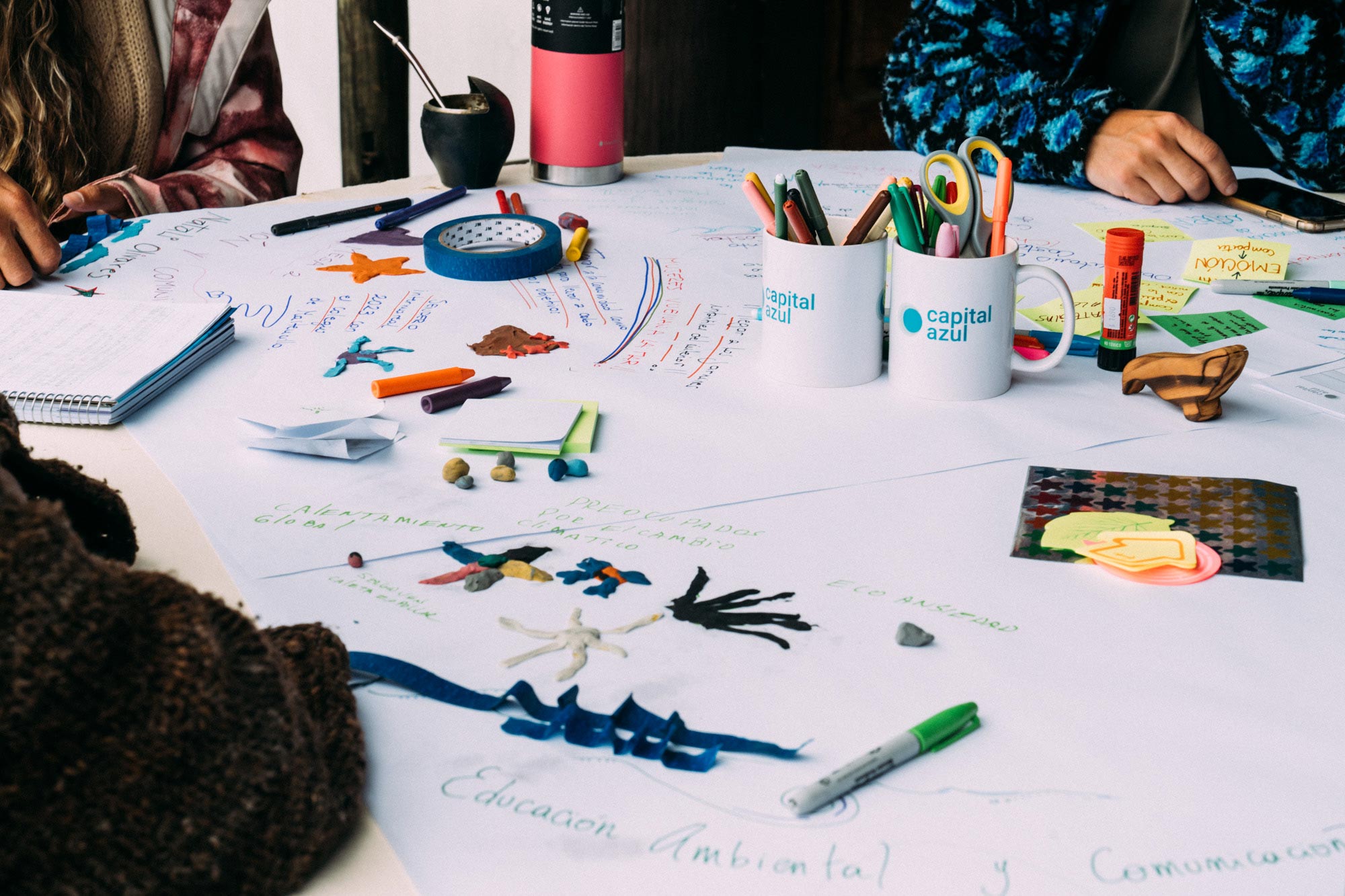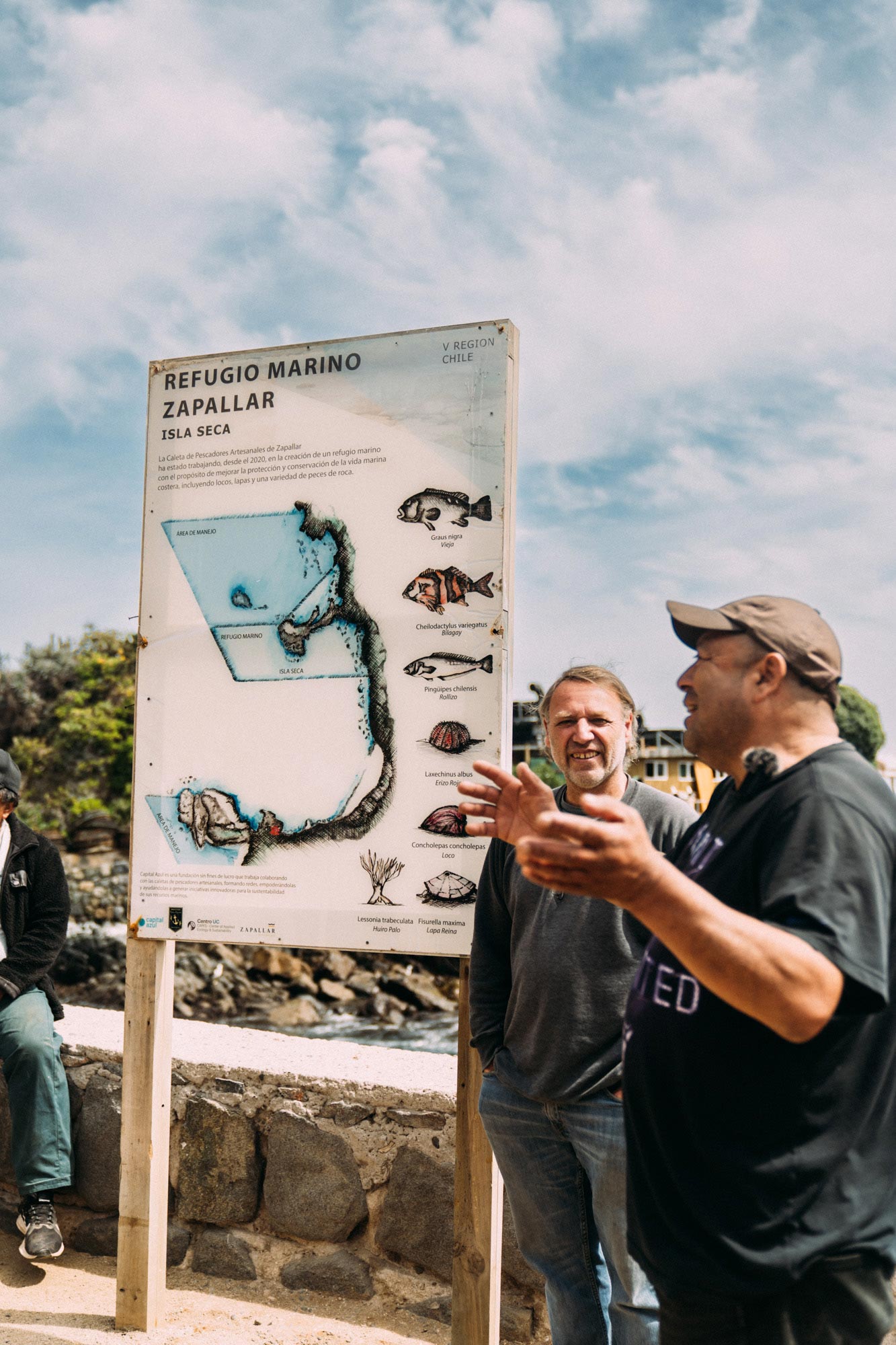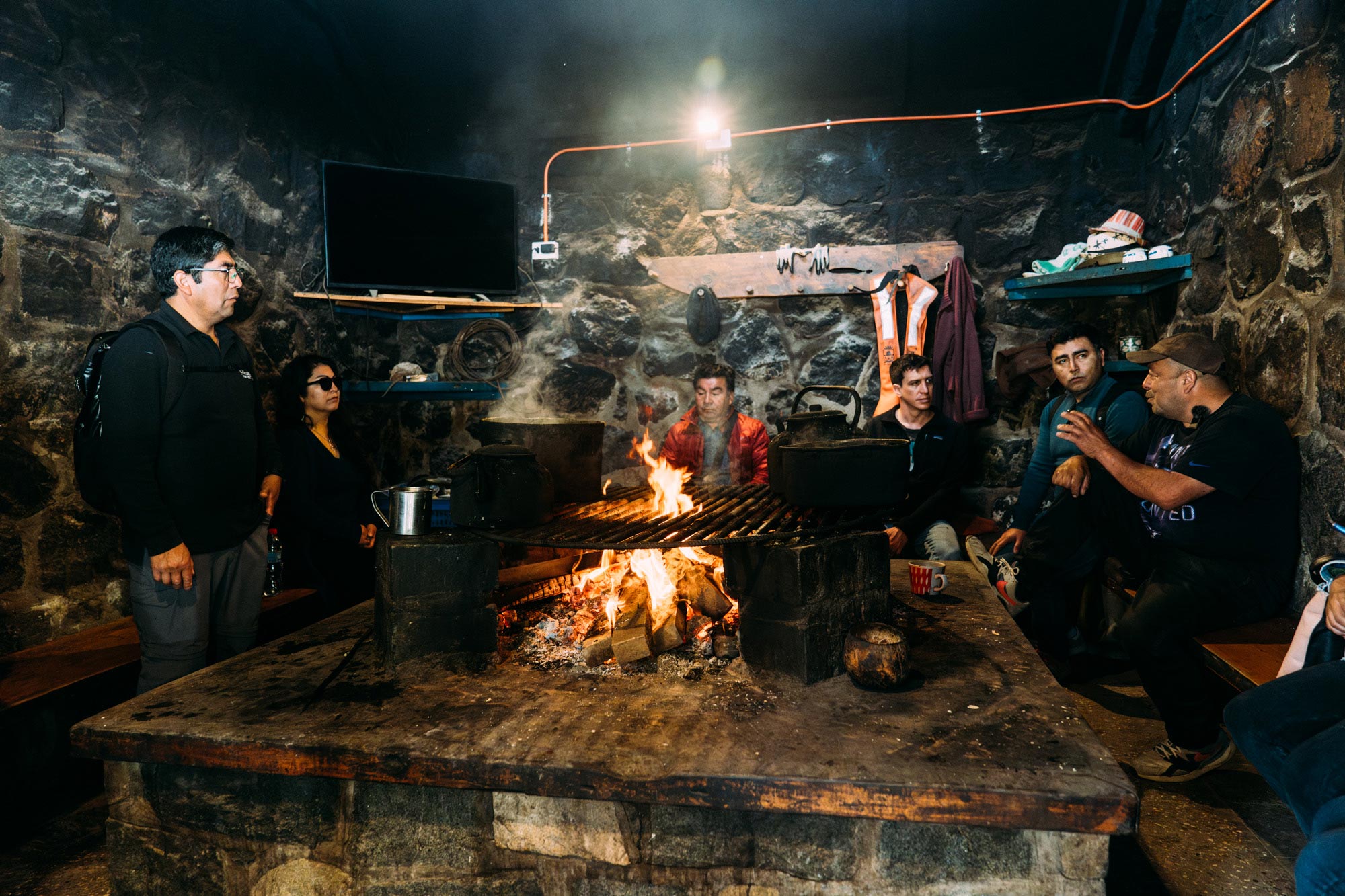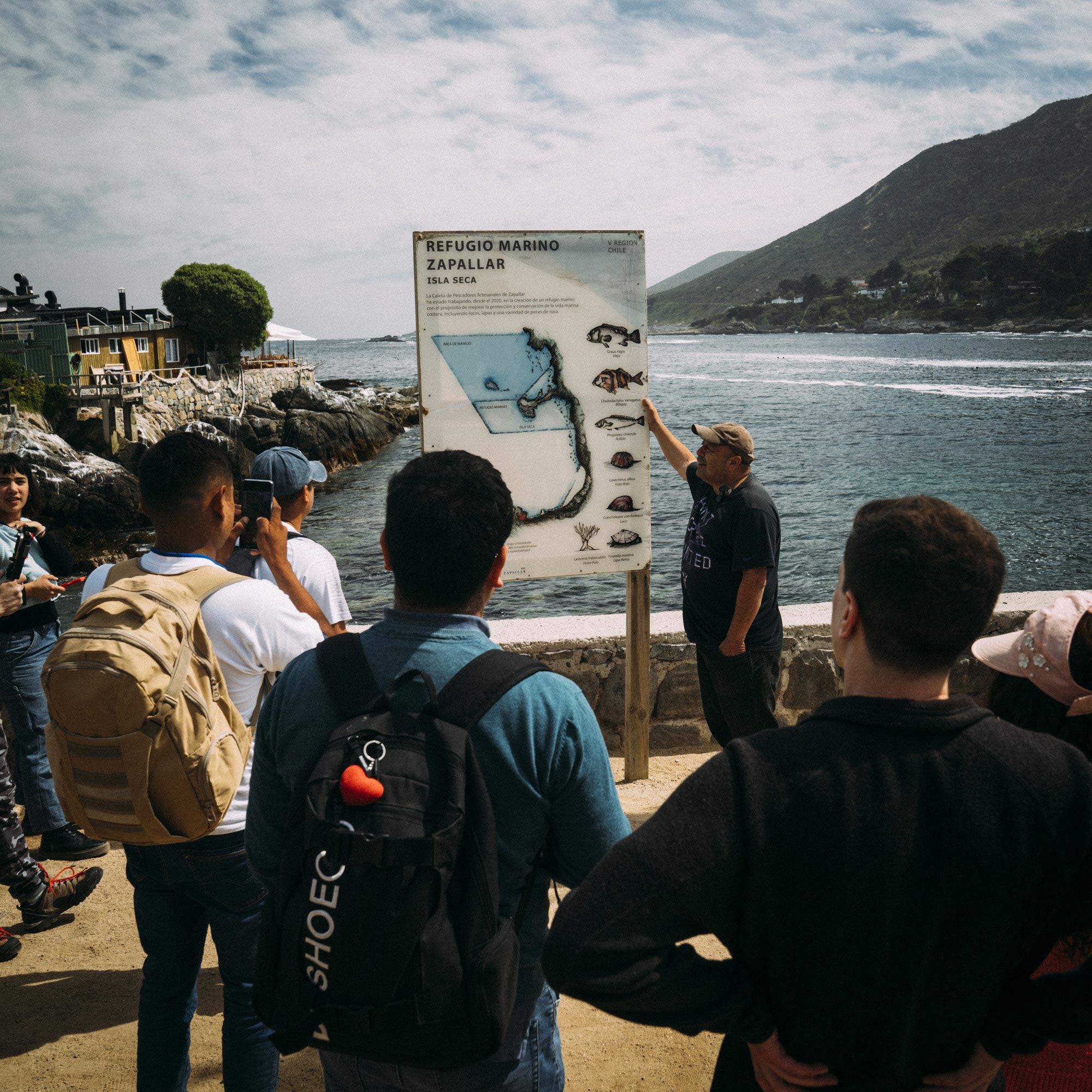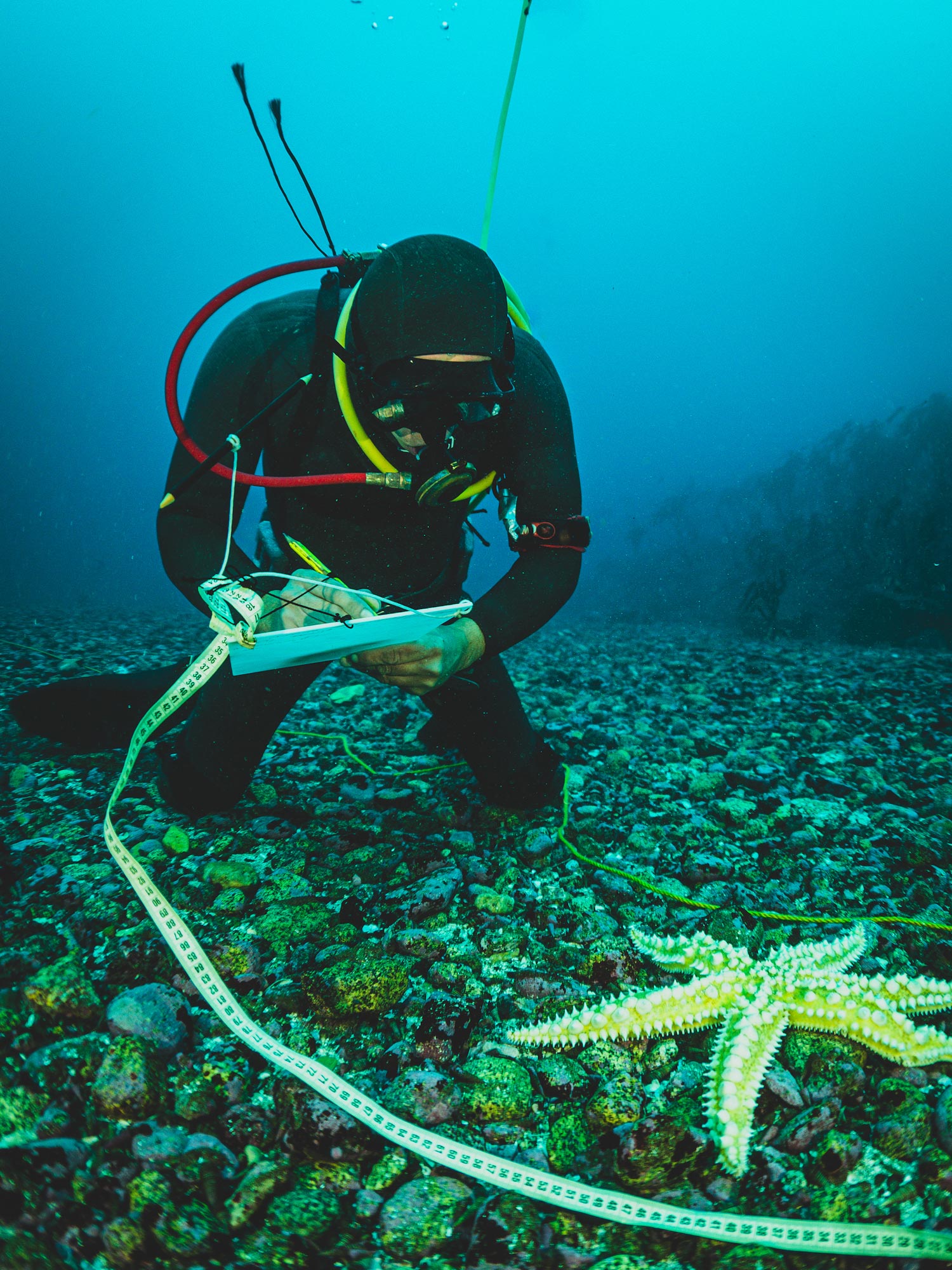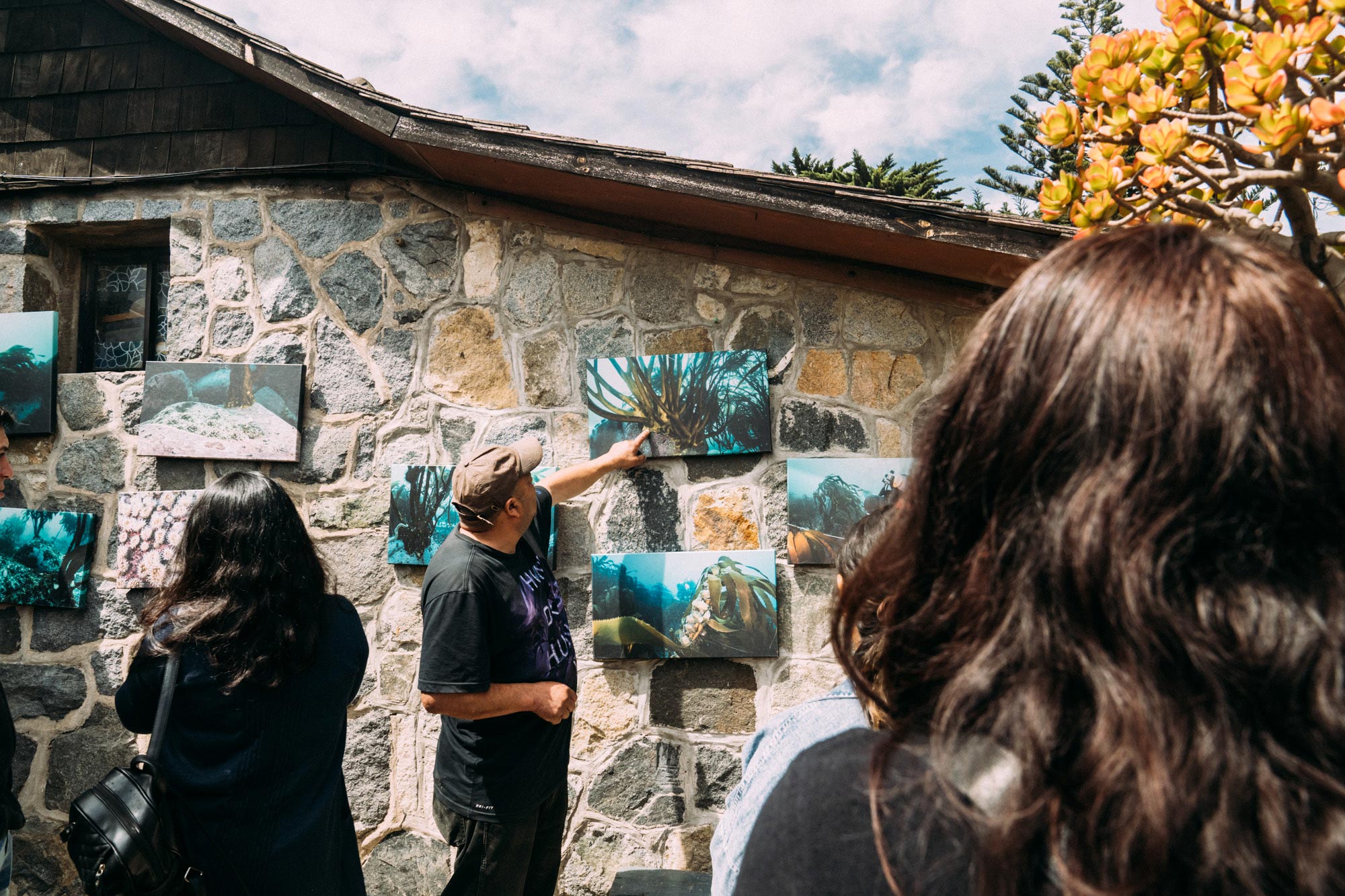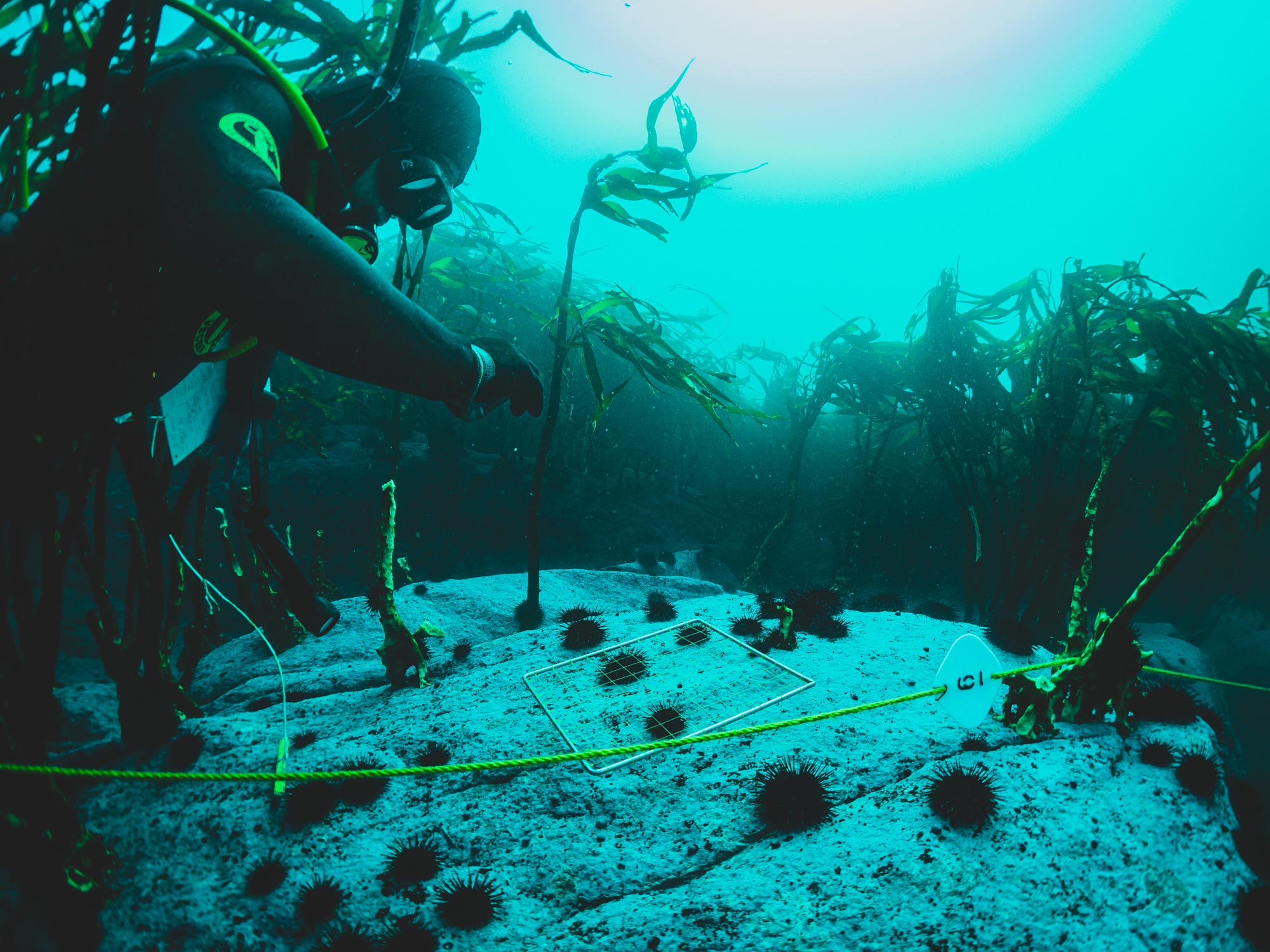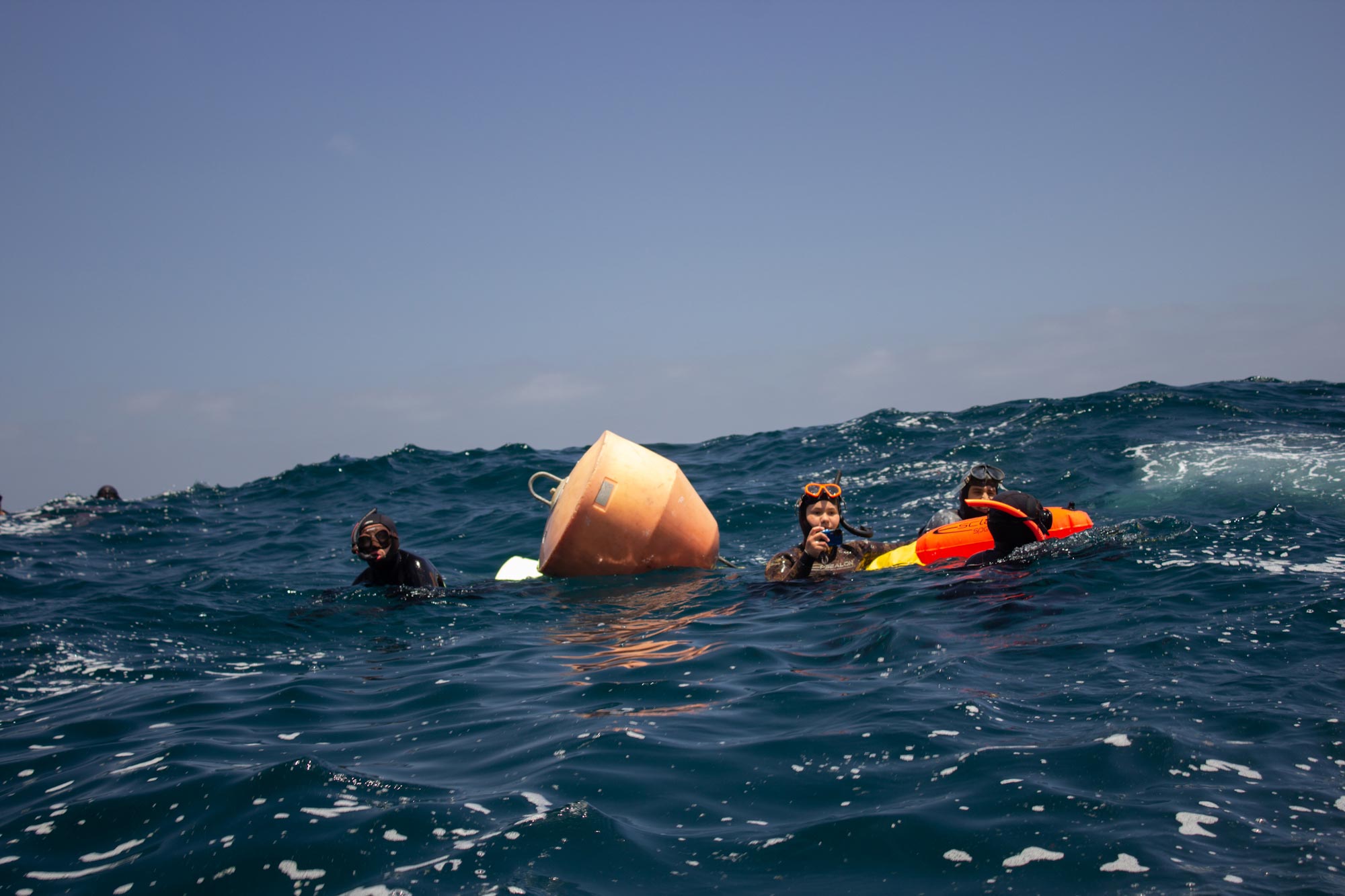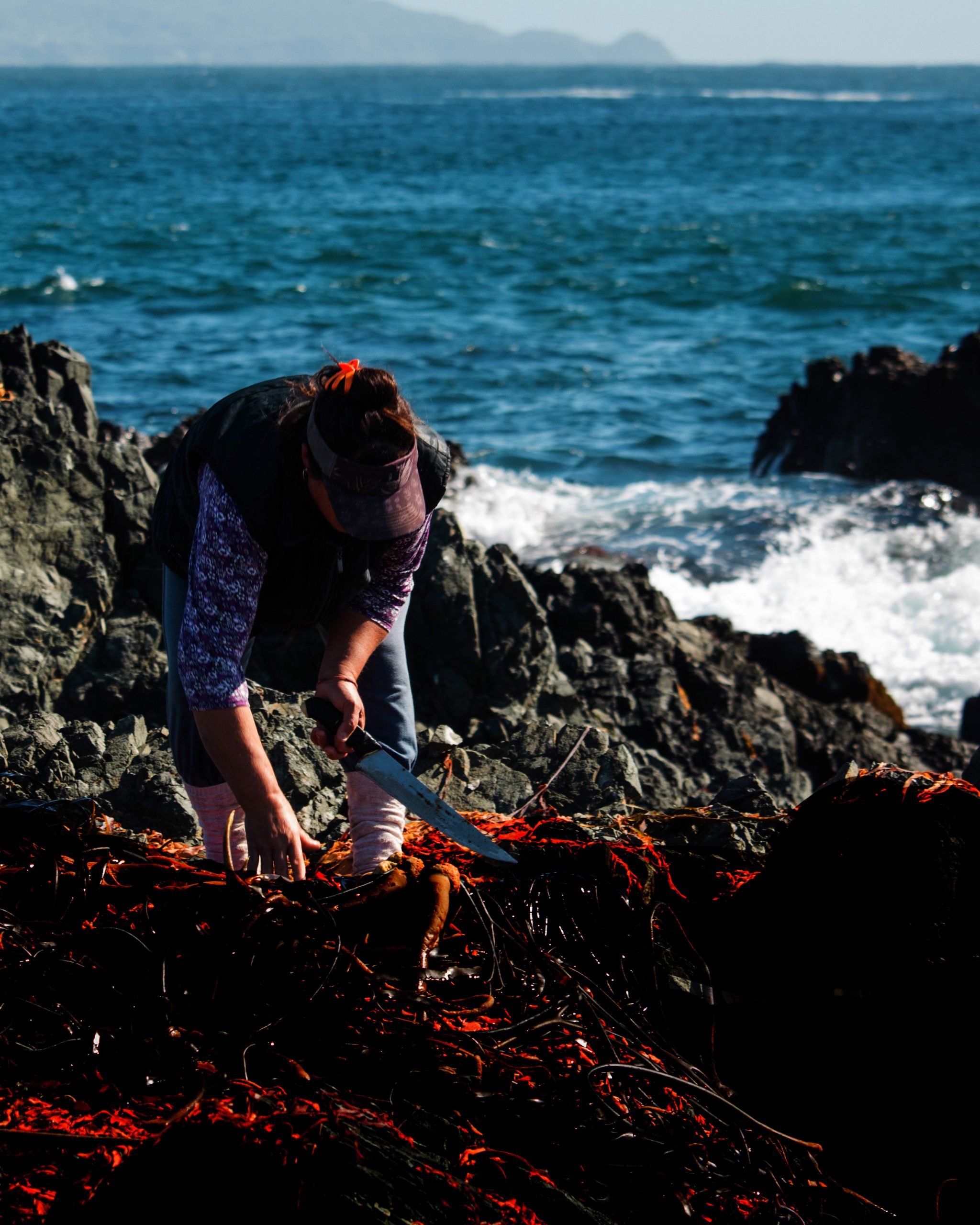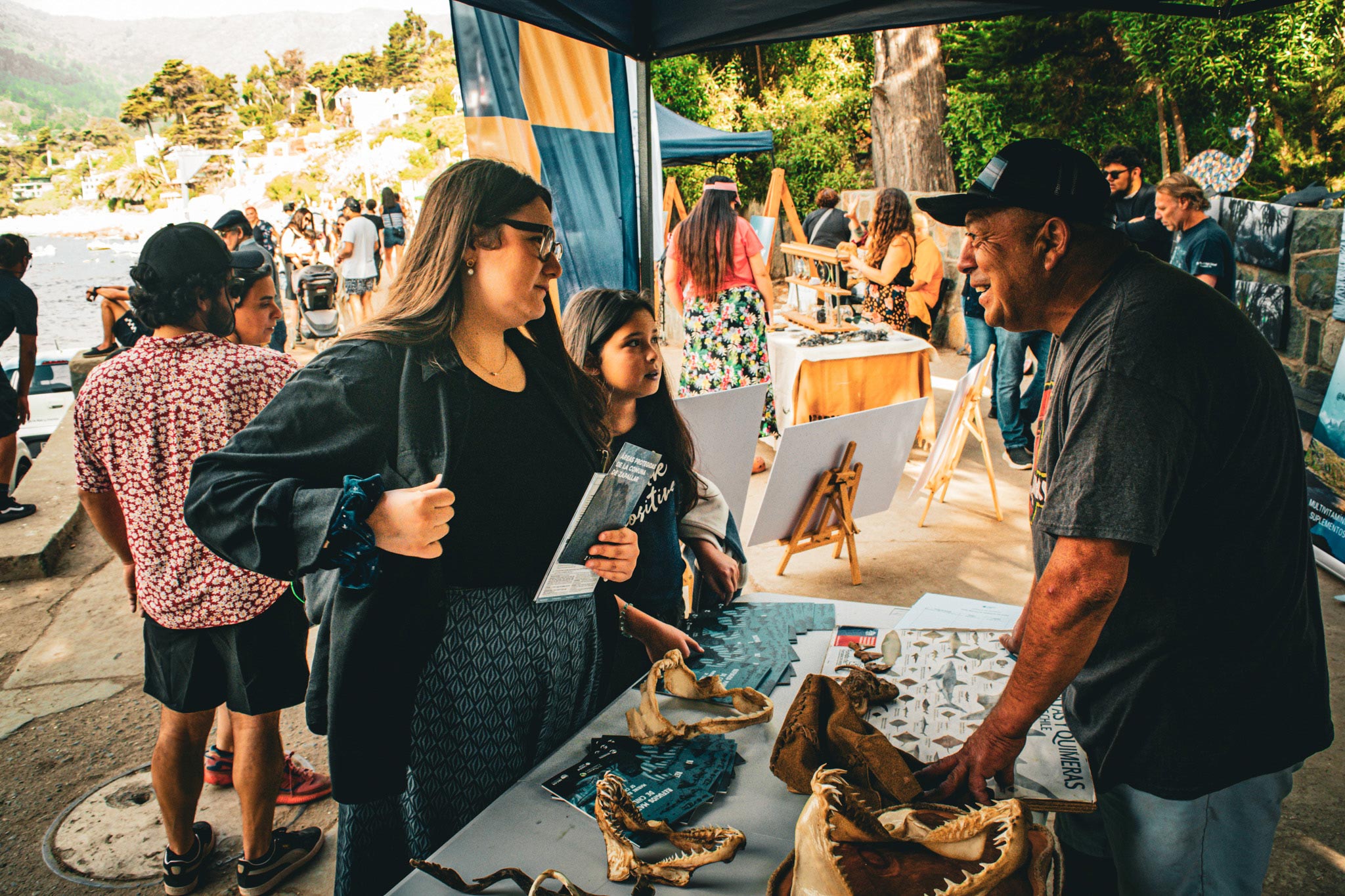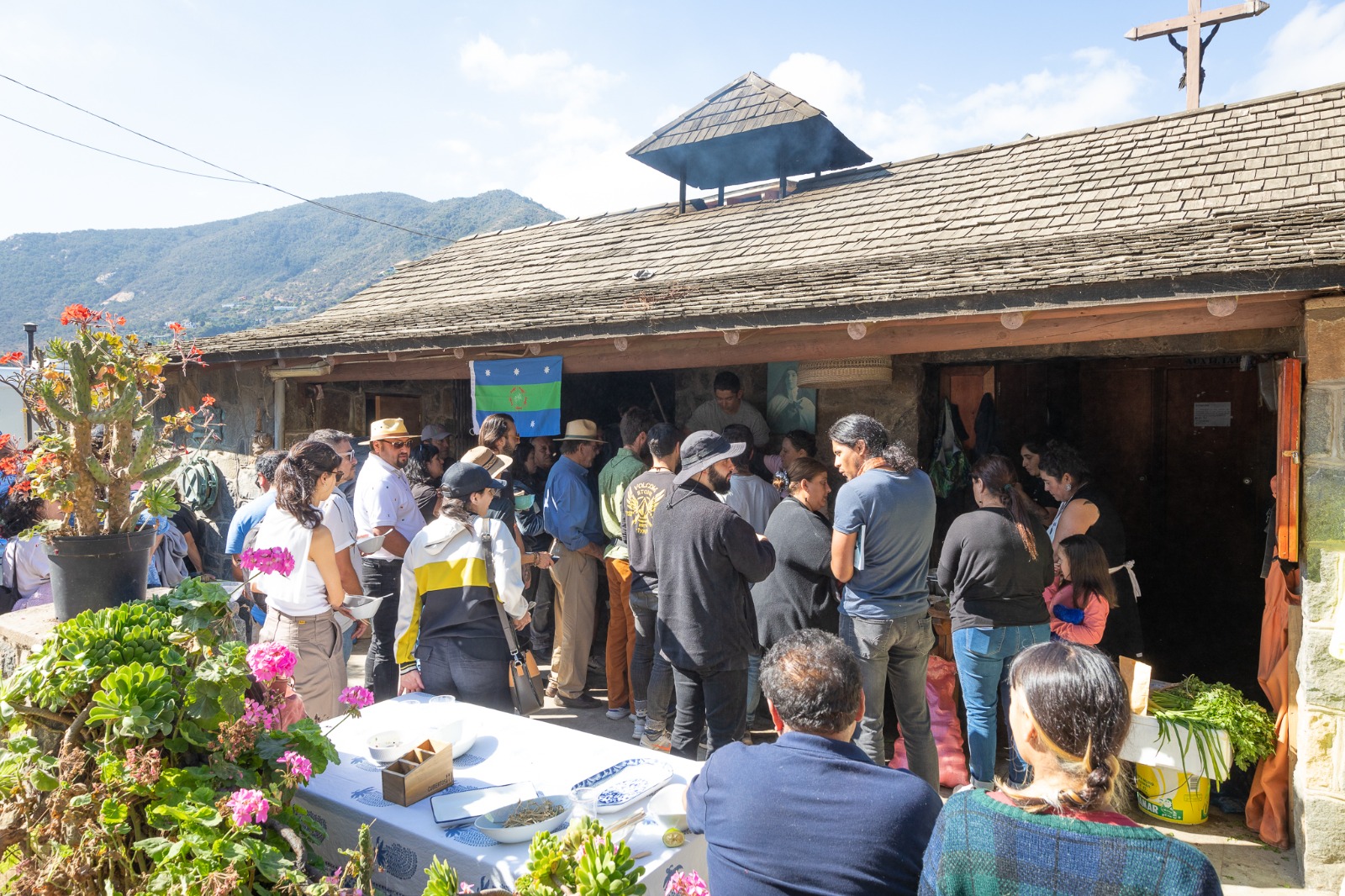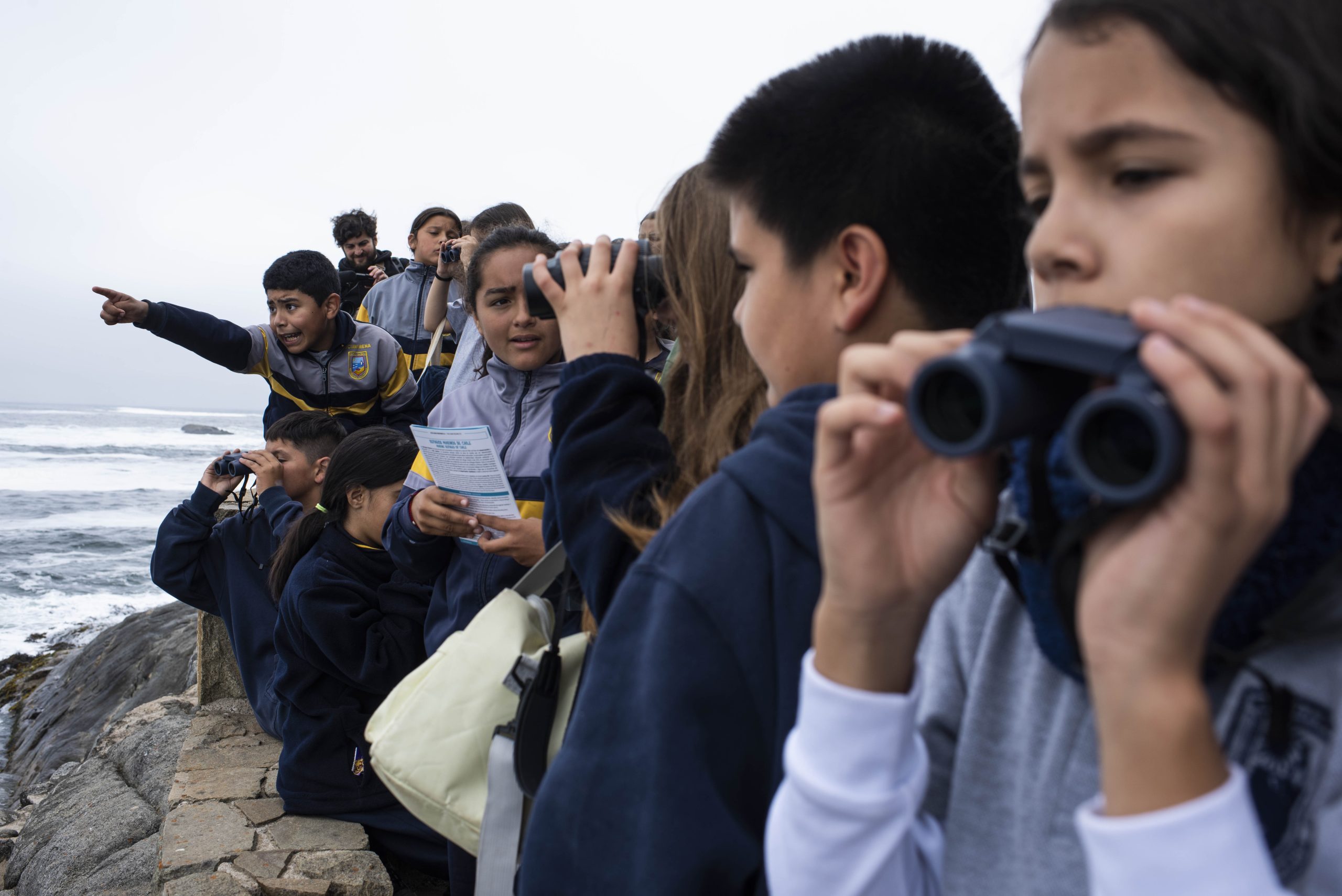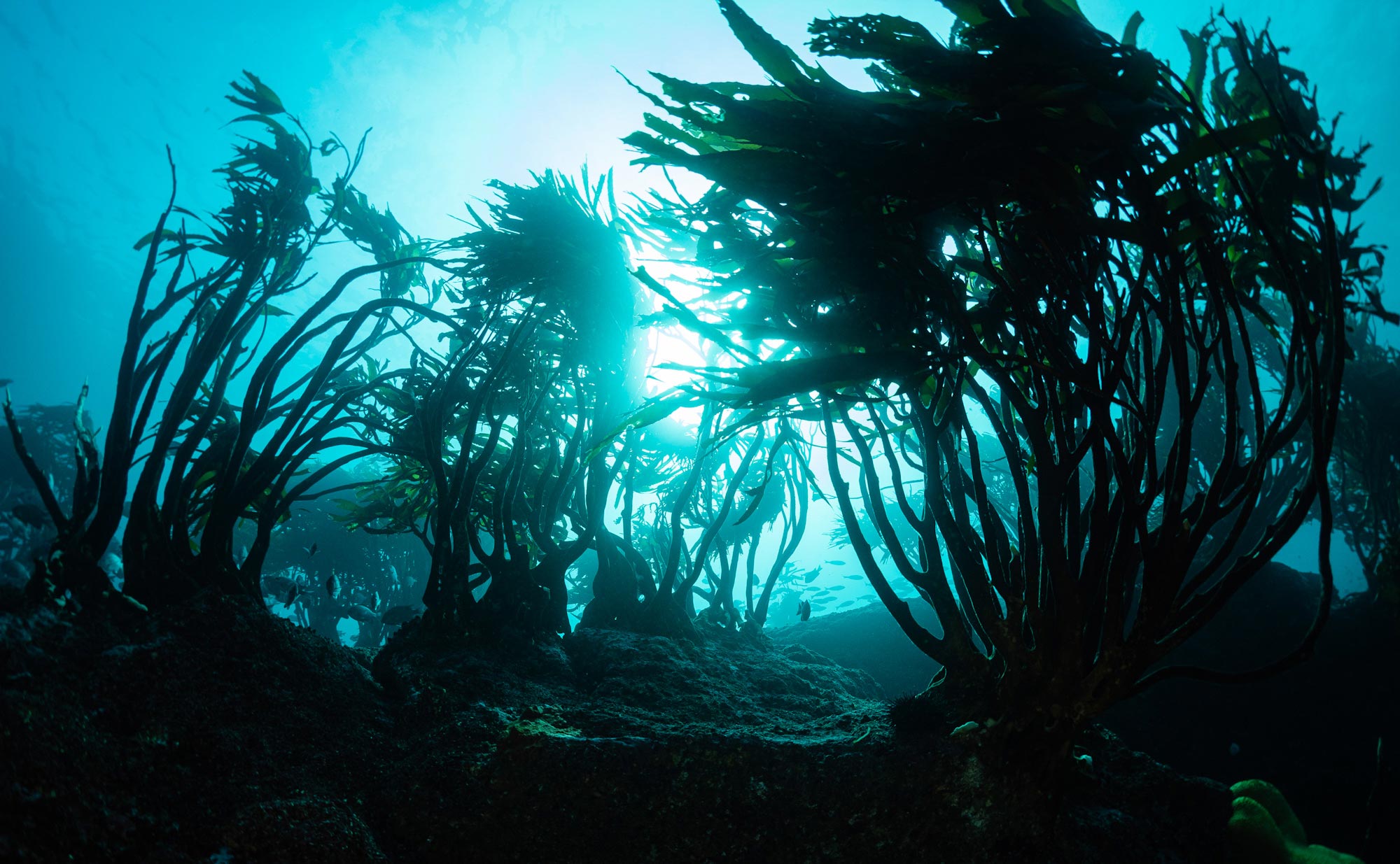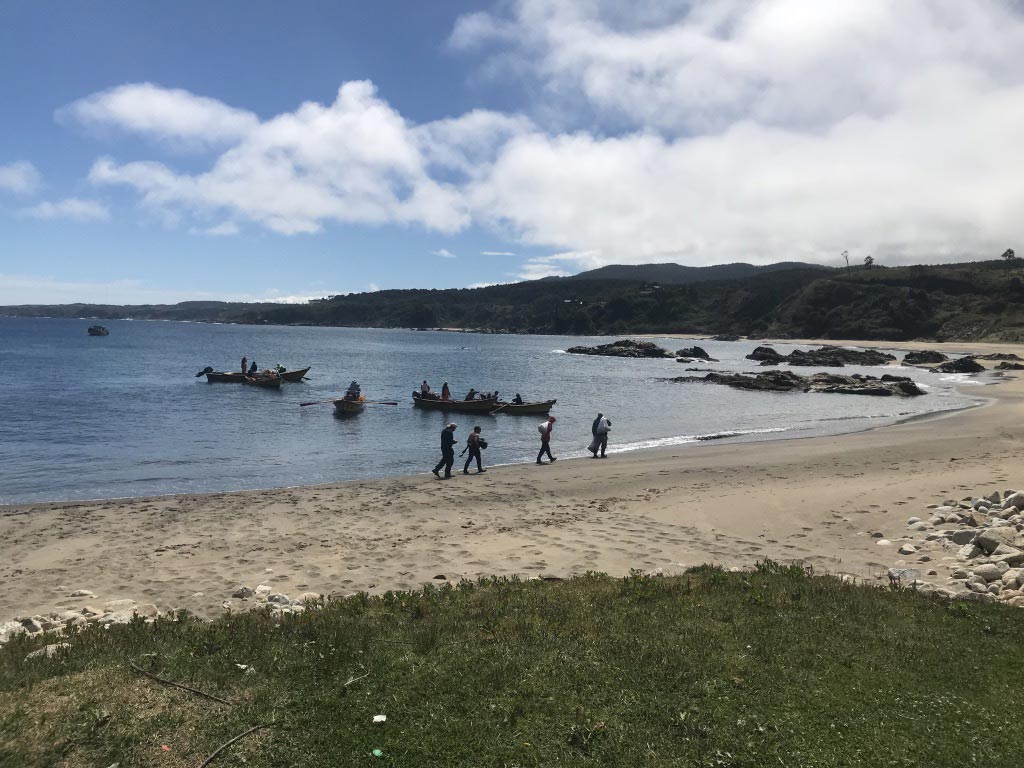The exchange and collaboration between diverse actors on the establishment of TURF-Reserves was part of the results of the 1st International Conference on TURF-Reserves, an event organized by Capital Azul Foundation with the collaboration of The Nature Conservancy (TNC) Chile, the Millennium Institute in Coastal Socio-Ecology (SECOS), the municipality of Zapallar and the unions of artisanal fishers associated with the TURF-Reserves program, which has the support of the BHP Foundation.
The event had Cachagua as the main venue, but activities were also carried out in Maitencillo and Zapallar, thus covering three of the five locations where Capital Azul Foundation has managed to establish TURF-Reserves in the Valparaíso region, a science-based program to implement these marine areas for conservation purposes located within the Territorial User Rights for Fisheries (TURF or AMERB, as abbreviated in Spanish) administered by artisanal fishers’ unions.
In addition to members of the five unions that are part of the program, artisanal fishers and local leaders from other parts of Chile, such as Puerto Raúl Marín Balmaceda, Huiro, Robinson Crusoe and Rapa Nui, also attended. Delegations from Ancón and Tumbes also arrived from Perú, joining representatives from the public sector, academia and civil society organizations from our country, seeking to strengthen the learning platform created by Capital Azul after several years of working in partnership with artisanal fishers’ groups.


We are very pleased with the development of the conference, particularly with the presence of the boards and commissions of TURF-Reserves from all the unions associated with our program, and also from unions that are interested in establishing TURF-Reserves within their Management Areas. This fills us with hope and expectations to take these conservation areas to more localities and make the network grow.
Rodrigo Sánchez Grez
Executive Director of Capital Azul Foundation
Submerged in the TURF-Reserves
During the first day of the event, we went deep into the potential for TURF-Reserves to be eligible as “Other Effective Area-based Conservation Measures” (OECM). Under this relatively recent figure, TURF-Reserves could eventually be recognized internationally as concrete contributions to biodiversity conservation in the face of the challenge of protecting at least 30% of coastal and marine areas, as established in the Kunming-Montreal Global Biodiversity Framework.
The second day was a collective and collaborative occasion to dive into the depths of the TURF-Reserves program. Through working groups, participants were able to exchange a diversity of perspectives, challenges, opportunities and lessons learned on key issues such as coastal surveillance, biodiversity monitoring, regulatory framework, environmental education and community involvement, financing, among others.


This conference of TURF-Reserves represents an important milestone in the development of these kinds of initiatives in which local communities play a key role in the conservation and sustainable use of resources.
Stefan Gelcich
co-founder of Capital Azul Foundation and director of the SECOS Millennium Institute
“This new milestone generated by this network encourages us to think about how the reserves are sustained in the long term, and from that perspective different initiatives arise, from individual philanthropic donations, as well as collaboration with new instruments associated with new public policies that Chile is developing, and that could provide important benefits to the communities that are practicing conservation on their own coasts,” added Gelcich, an academic from the UC Faculty of Biological Sciences.
In this sense, it is expected that the information gathered in the work groups allows to strengthen the TURF-Reserves program and, eventually, continue projecting its growth to other locations in the country.
“These meetings are an excellent opportunity to exchange experiences for coastal communities and artisanal fishers’ groups that manage these TURF-Reserves, since in this way we can improve and grow these conservation areas. In addition, the participation of the Huiro Indigenous Fishers’ Association seems especially valuable to us, as one of the first approaches to bring the TURF-Reserves to the Valdivian Coastal Reserve, a protected area of The Nature Conservancy (TNC) in the Los Ríos region,” commented Natalio Godoy, lead scientist of TNC Chile’s Oceans program.
For her part, Alejandra Garcés, director of the Chile Program of the BHP Foundation, added that “conferences like this one, where local communities, experts and different institutions related to environmental care meet, are fundamental for exchanging experiences and enriching everyone’s knowledge on how to make life by the sea more sustainable.
Multi-cultural and binational exchange
With the sun breaking through the clouds, the Zapallar cove became the setting for the third day of the event. There, with the help of Sergio Veas, president of the local fishers’ union, it was possible to learn first-hand about the work that has been carried out in recent years around the Zapallar TURF-Reserve, not only as an alternative for the conservation and restoration of coastal marine ecosystems, but also to improve the livelihood and resilience of coastal communities in Chile.
Silvia del Carmen Otárola Altamirano represented the Union of Independent Workers of Seaweed Harvesters and Related Activities in the La Polcura Area, an organization that was one of the last to establish a TURF-Reserve in the Valparaíso region with the help of Capital Azul Foundation, and she recognizes that the experience allowed her to better understand the various components associated with these marine conservation areas.
“I take it more seriously now. It is not just a piece that is protected: it is a reserve to maintain marine life and to take special care of it. I leave with a greater eagerness to transmit the importance of taking care of this place,” she commented, confessing that she is returning to the town of La Ballena with enormous expectations: ”We are leaving with the task of inaugurating our TURF-Reserve to the community. We have the ideas to do something beautiful”.
Horacio Antillanca, secretary of the Indigenous Huiro Fishers’ Association, participated in this meeting with a special interest: to learn more about this model and evaluate the possibility of establishing it in the town of Corral, in the Los Ríos region. “It was a beautiful way to understand and learn how a TURF-Reserve works: seeing the reality in situ. As an association of indigenous fishers, we are protectors of our natural environment and the biodiversity in the sea. We are concerned about that and, for the same reason, we are interested in being able to conserve through this model of TURF-Reserve, so now we have to talk about this with our bases, and surely with the necessary technical support we will achieve that our organization will count, at some point, with a space to continue protecting our coast”, explained the association’s secretary.
But the projection of the TURF-Reserves could transcend the chilean frontiers too. María Fernanda Chávez Pérez, community involvement and gender coordinator of the TNC Perú Oceans program, explains that although there are no Management Areas in her country, they do have a similar figure that could also have the potential to house TURF-Reserves.
“The fishers were very impressed by the fact that the TURF-Reserves serve as a source of seeds, as a source for greater productivity in the surrounding areas. That is something they always wondered about, how to ensure that really caring for and preserving their resources is reflected in greater productivity to maintain or improve their income. Having our colleagues from Chile, who have been working for years, is living proof that this works,” acknowledge Chávez.
Along these lines, Víctor Johnny Rengifo, from the group of shellfish fishers from Ancón (Perú), confessed that “I was impressed with how they have their TURF and TURF-Reserves. We hope to learn from fishers like those of Zapallar and also to be able to carry out this type of project”.
In the meantime, there is still a long way to go to further strengthen this figure and pave its recognition within Chile’s public policies. Even so, this 1st International Conference of TURF-Reserves also allows us to continue involving society as a whole in a task of collective characteristics.
“One of the important points and lessons of these first five years, that I think was demonstrated in this event is how it is not only the artisanal fishing communities, but also the broader community; the municipalities, schools, resident’s associations, sports groups, that are beginning to consolidate the progress of this whole process around the reserves. The reserves have gone from being exclusively associated with fishing to being co-managed and welcomed by the entire community. And this also generates new challenges both for the science that is supporting the reserves -which is what the SECOS Millennium Institute does-, and for the organizations, municipalities and Capital Azul with respect to how to direct these interests in the future”, Gelcich concluded.

